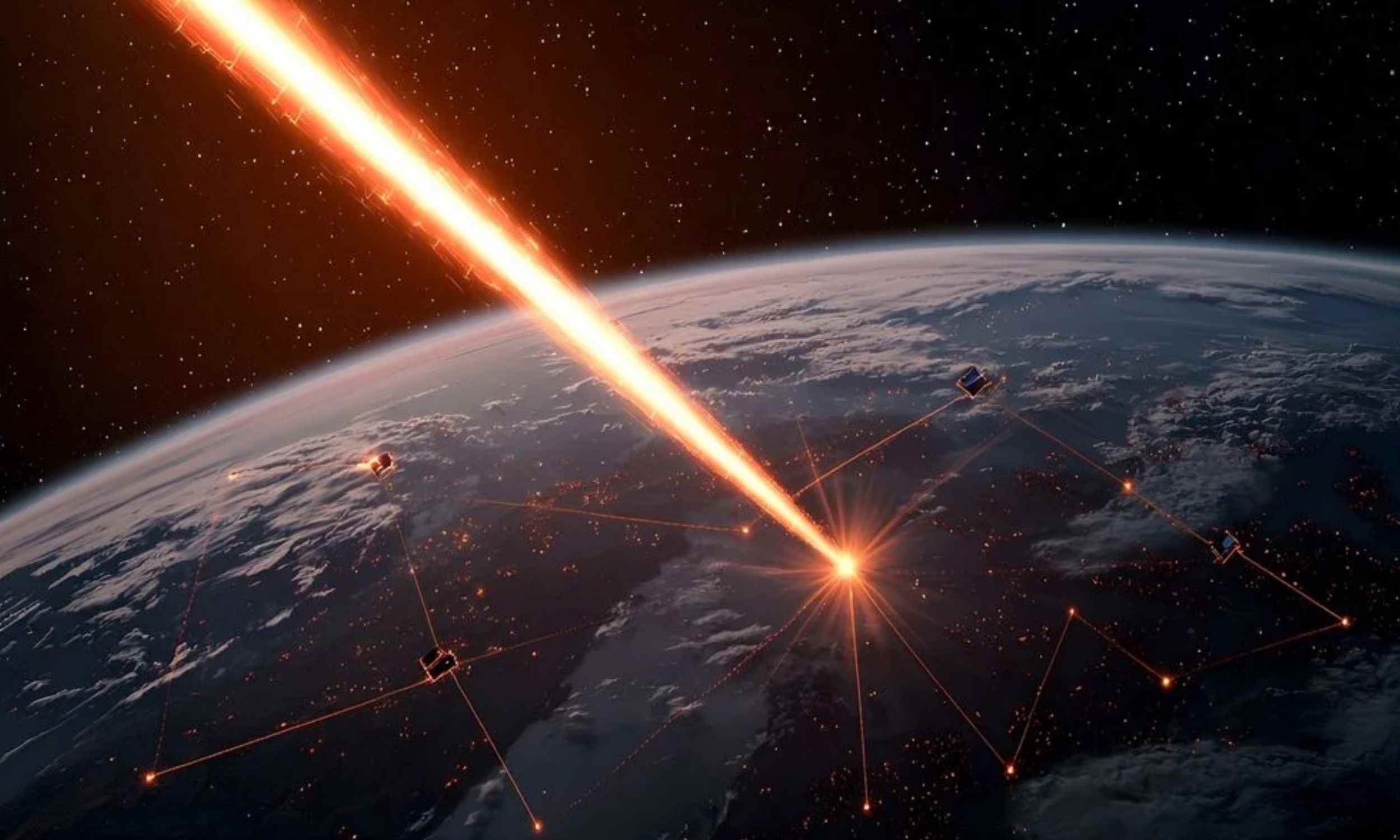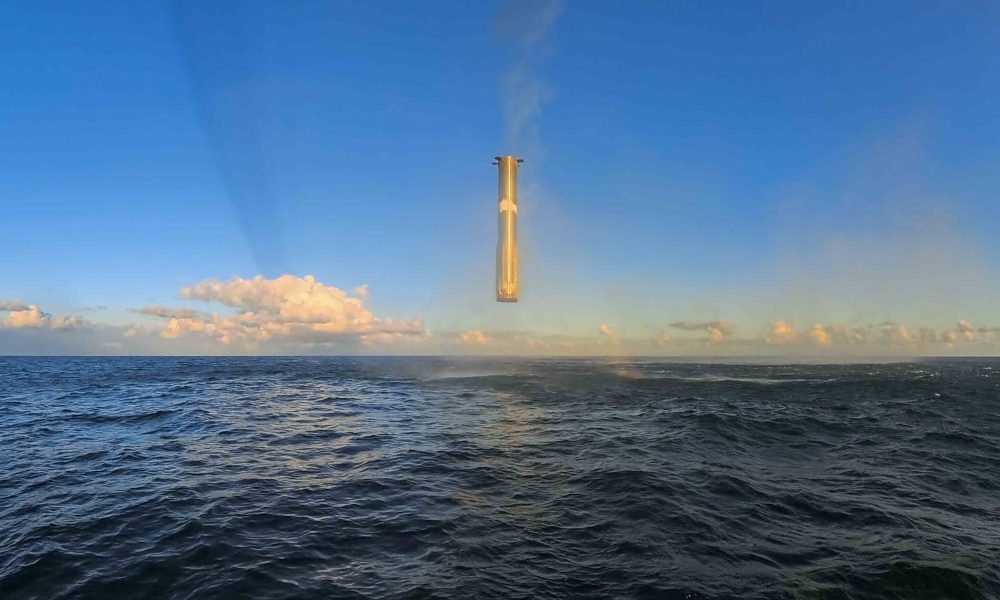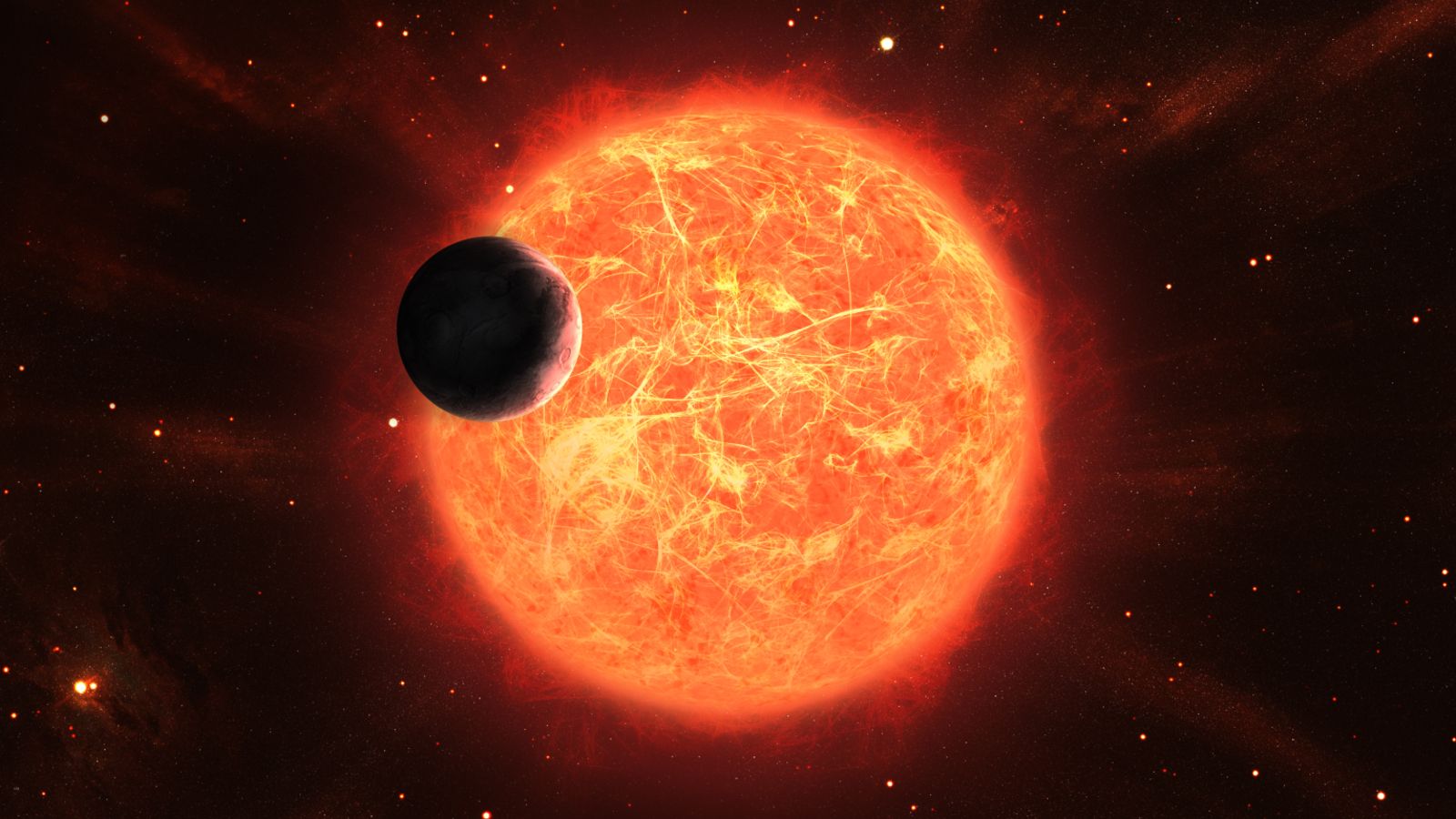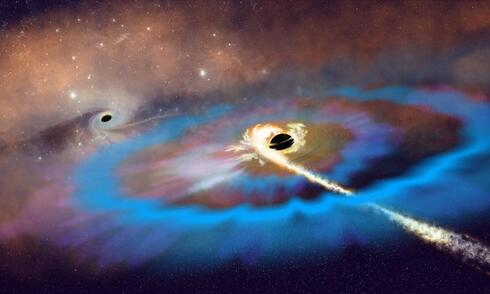Unbelievable Ice Age Secrets: Sea Level Changes Were Happening All Along!

Did you know that the Earth’s sea levels were fluctuating dramatically during the last ice age, not just at the end, but throughout the entire period? A groundbreaking new study published in the journal Science unveils a major shift in our understanding of the Pleistocene era, the geological period we commonly refer to as the last ice age. This research could redefine everything we thought we knew about climate history!
Lead author Peter Clark, a distinguished paleoclimatologist at Oregon State University, describes this revelation as a paradigm shift in how we view the dynamics of ice ages. Imagine a time when our planet was enveloped in ice, with massive sheets over North America and Eurasia, and sea levels oscillating like a roller coaster ride!
This fascinating study reveals that the last ice age, stretching from approximately 2.6 million to 11,700 years ago, experienced cycles of global sea-level changes driven by the formation and melting of vast ice sheets. The telltale signs of these fluctuations are captured in the remains of tiny marine organisms called foraminifera. By examining ocean sediment collected from drilling cores, researchers have pieced together a crucial record of our planet's climate history.
Historically, scientists believed that a key transition period occurred between 1.25 million and 700,000 years ago, referred to as the middle Pleistocene transition. During this time, it was thought that the size of ice sheets and their melting cycles fundamentally changed. Before this period, glaciation cycles happened every 41,000 years, but after, they stretched to every 100,000 years and were much more pronounced.
Clark remarked, “All past theories focused on how ice sheets grew larger through this transition.” However, the new study challenges this established narrative, suggesting that the glaciation cycles of the early Pleistocene might have been just as significant as those that followed.
Researchers meticulously reconstructed sea level changes over the last 4.5 million years to unveil this startling truth. The findings indicate that many early Pleistocene glaciation cycles, lasting 41,000 years, were equally as massive as the later cycles. This implies that internal climate system feedbacks, rather than just external factors, significantly influenced the formation and decay of ice sheets.
Clark emphasizes that these insights are vital for understanding potential future climate scenarios. With two major ice sheets still existing today in Antarctica and Greenland, grasping how ice sheets can function under different climatic conditions is crucial for forecasting the future of our planet.
Co-authors of this transformative study include researchers from Oregon State University, Boston College, Rutgers University, and internationally recognized institutions across Europe and Asia. Together, they are paving the way for a deeper understanding of ice age dynamics and their implications for our current climate.


























